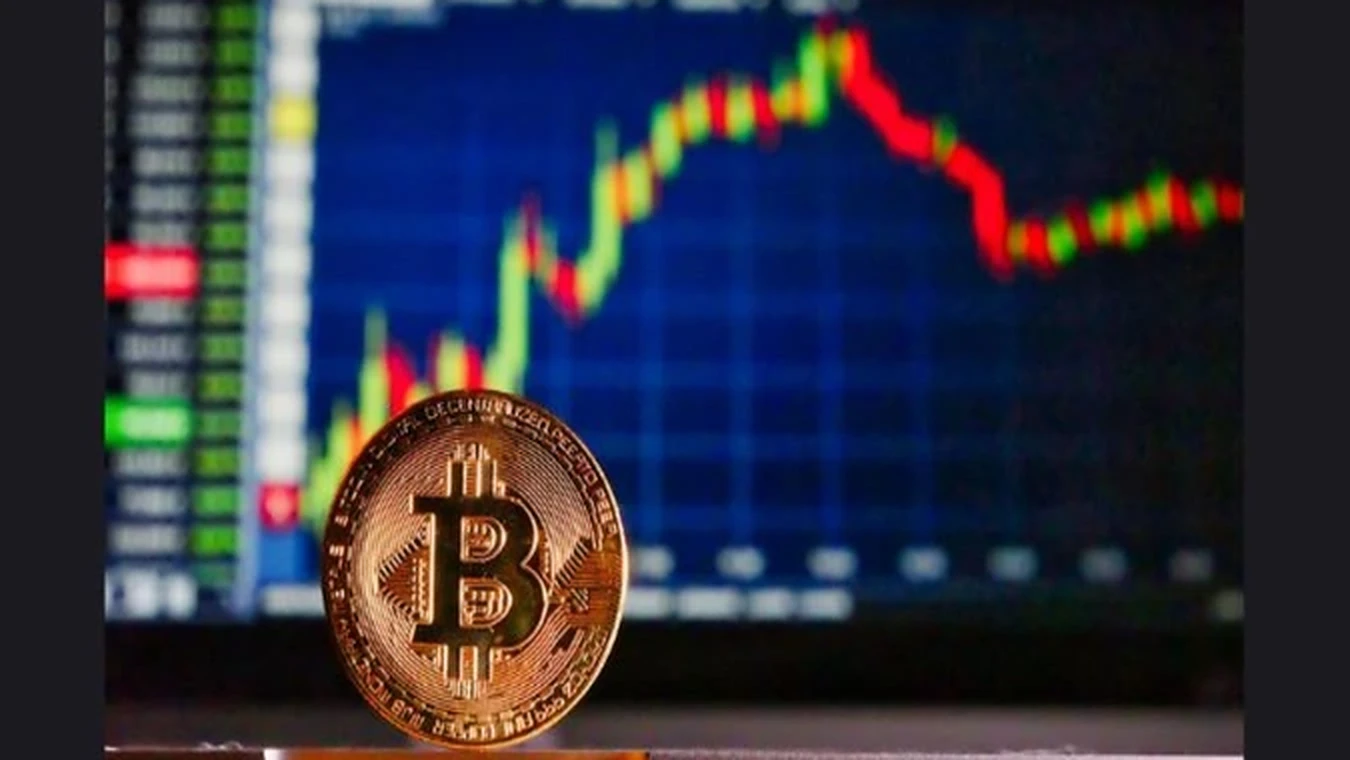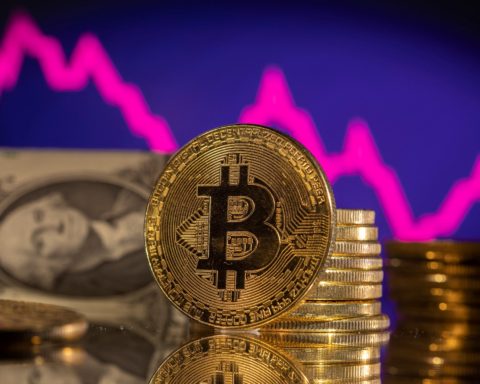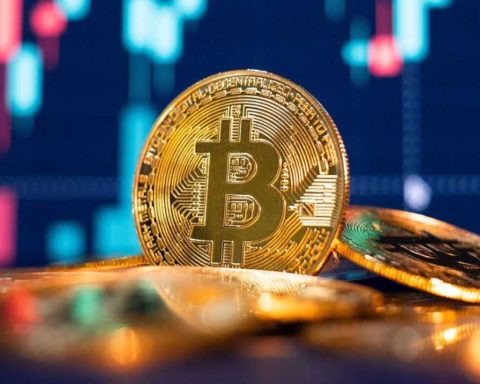Bitcoin surged past $62,000 after the U.S. Federal Reserve announced its first interest rate cuts since 2019, following the Aug. 23 Wall Street open.
Data from Cointelegraph Markets Pro and TradingView showed Bitcoin (BTC) reaching new local highs of $62,323 on Bitstamp. Investors responded positively to Fed Chair Jerome Powell’s confirmation that interest rates were set to decline. “The time has come for policy to adjust,” Powell stated during his speech at the annual Jackson Hole symposium.
The event had been highly anticipated by markets looking for signs of easing policy. Powell indicated a dovish stance, suggesting an “appropriate dialing back of policy restraint,” but he did not provide a specific timeline for when the rate cuts would commence. “The current level of our policy rate gives us ample room to respond to any risks we may face, including the risk of unwelcome further weakening in labor market conditions,” he added.
Employment was a central topic, especially after a revision of job openings for the 12 months through March 2024 showed a decrease of 818,000. Data from CME Group’s FedWatch Tool indicated that markets are now betting on a 0.25% rate cut at the Fed’s next meeting at the end of September.
Bitcoin market commentators were optimistic in response. “Powell goes full dove,” summarized Scott Melker, a trader, analyst, and podcast host known as the “Wolf of All Streets.” Arthur Hayes, former CEO of crypto exchange BitMEX, predicted, “Up only time for crypto.”
The latest data from CoinGlass revealed a new block of ask liquidity at $62,450, temporarily capping Bitcoin’s price increase. However, $62,000 remained a crucial breakout level for bullish sentiment to take hold on daily timeframes.
“Bitcoin is still facing a crucial breakout. If it breaks through $62K, that would be a sign for the markets to continue rallying this week,” said Michaël van de Poppe, founder and CEO of trading firm MNTrading, in his analysis. He added that the recent influx of capital into U.S. spot Bitcoin exchange-traded funds (ETFs) made this breakout scenario likely.




